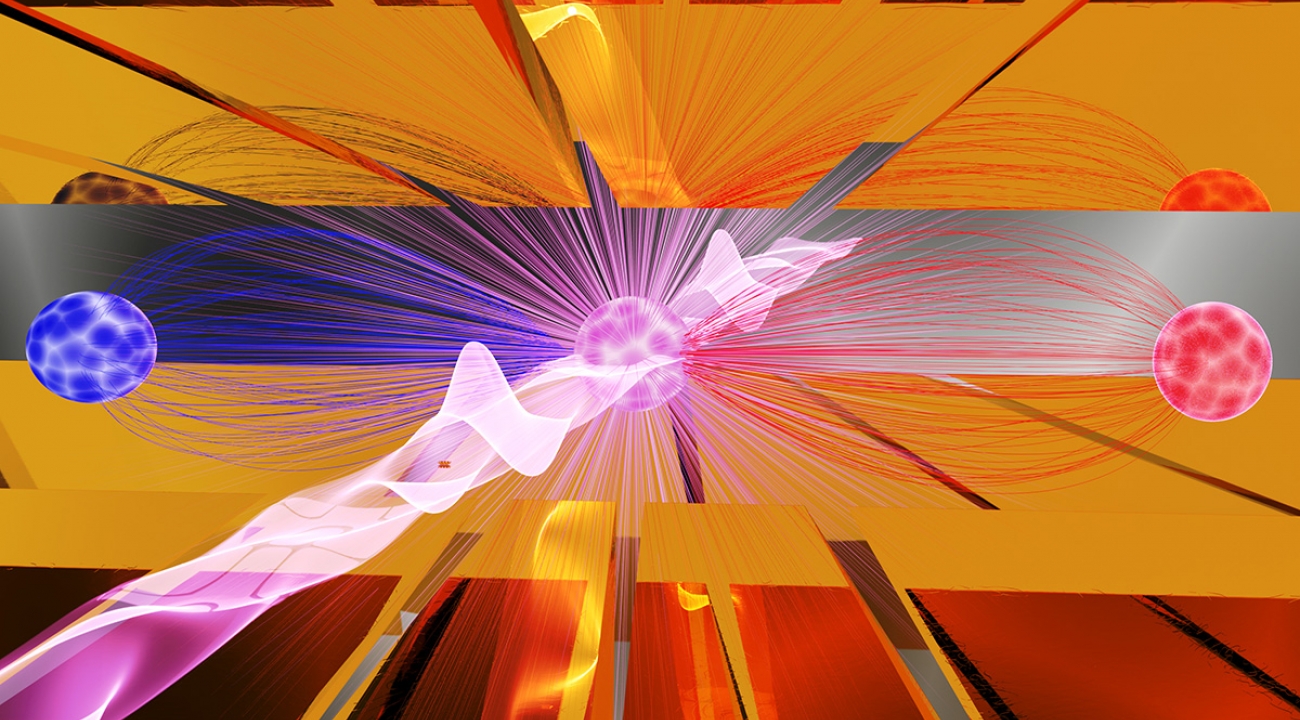Neutron Star Merger Directly Observed for the First Time
- Details
- Published: Monday, October 16 2017 00:30
On August 17, 2017, at 12:41:04 UTC, scientists made the first direct observation of a merger between two neutron stars—the dense, collapsed cores that remain after large stars die in a supernova explosion. The merger is the first cosmological event observed in both gravitational waves—ripples in the fabric of spacetime—and the entire spectrum of light, from gamma rays to radio waves.

